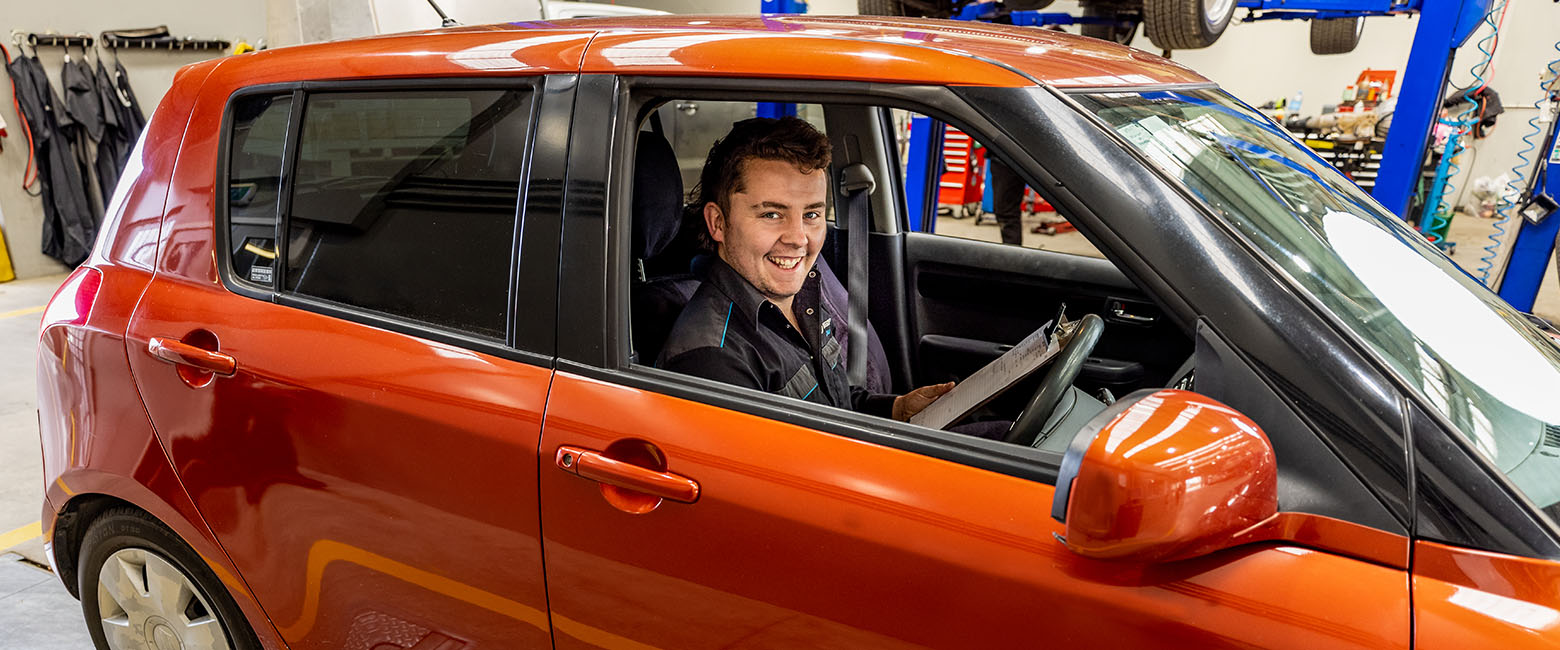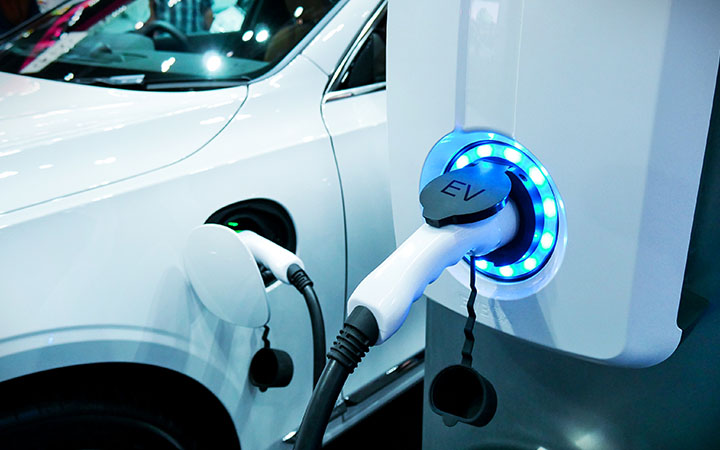There’s a big shake-up coming our way, and you and your workshop need to be ready.
That’s the key take-home message from a major report into the next decade of the global automotive aftermarket industry by the expert analysts at McKinsey and Company—and if we don’t pay attention and prepare now, we risk being left behind.
Called Making Every Part Count, the report looks at disruptions in the automotive aftermarket for light vehicles—specifically the parts market—until 2030. It uses an analysis of the technological trends impacting 100 key vehicle components to forecast probable effects on workshop revenues. It incorporates some of the major shifts in the industry abroad, including digitisation, electrification, autonomous driving and shared mobility.
While the report used the US, European (UK, Germany, Italy and France) and Chinese markets to calculate its results, and did not include Australia and New Zealand, it does at least give us a clear indication of the trends we’re likely to see here, too.
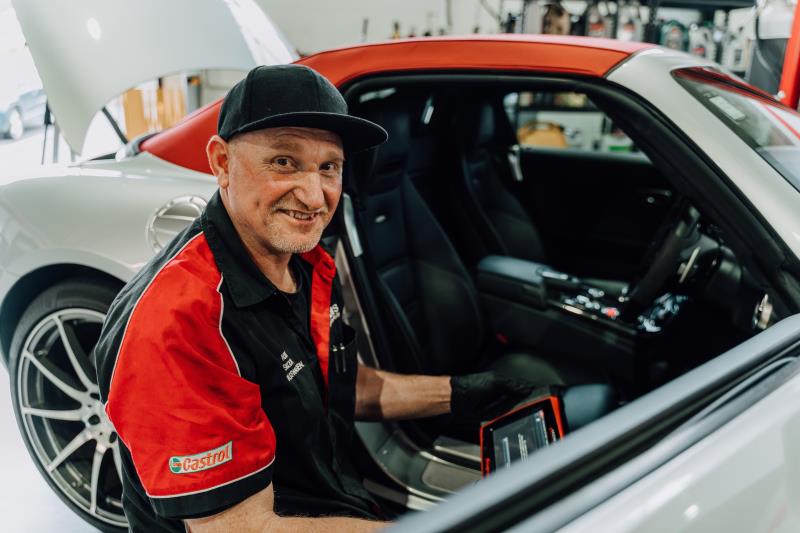
It’s all about your bottom dollar
Let’s start with some good news. McKinsey forecasts a 15% growth in the size of the car parc between now and 2030. That’s a slower pace than in the past decade but still a healthy pipeline for workshop owners.
What workshop owners may not be quite so prepared for is what McKinsey called “a very significant paradigm shift”—the increasing electrification of that car parc.
“Despite regional differences in the adoption of electric vehicles (EVs), globally the share of EVs is expected to rise from approximately 2% in 2019 to 17.8% in 2030,” the report says. That’s according to McKinsey’s base case (or least disruptive) scenario.
Anecdotally, there’s a reluctance among workshop owners and others in the automotive aftermarket in Australia and New Zealand to believe EVs will be a part of our future. State of the Nation 2021 found less than 20% of Members would be ready to service EVs any time soon.
But a separate report from the Automotive Aftermarket Suppliers Association (AASA), released in 2021, warned workshops and suppliers to expect “accelerated adoption” of EVs as soon as the total cost of ownership reached parity with traditional internal combustion engine vehicles (ICEs). The AASA expected that to happen “in about five years”, if not sooner “if ambitious battery cost targets are achieved by key OEMs”.
The other potential major accelerator of EV adoption could be government regulation. Although the Australian Government, in particular, isn’t leaping towards regulating against ICEs in favour of EVs, there’s no guarantee that won’t change in the future—especially as governments try to reach the carbon emissions targets agreed to as part of their climate change commitments.
How the experts see the disruption to come
The switch to EVs brings with it a wide range of problems, not least of which is tooling up your workshop and training your workforce. But beyond those obvious challenges, the McKinsey report points out that the market for conventional parts is set to transition to meet the demand for EV parts.
“Overall battery EVs (BEVs) have fewer moving parts, less wear and tear and, thus, significantly lower maintenance costs,” the report authors state.
“The reduced wear and tear of BEVs is also applicable to plug-in hybrids (PHEVs) and hybrids (HEVs), albeit to a lesser extent. This is because these hybrids are more complex, due to having both an electric motor and a combustion engine, as well as a sophisticated transmission system.
“The aftermarket is expected to benefit from this trend and the complexity of hybrids. Besides, given the recent emergence of powertrain electrification, it will take several years until (fully electric) EVs enter the relevant age segment of the aftermarket.”
Ultimately, however, electrification is set to have a negative impact on the sale volumes of accessories, brakes, starter batteries, alternators, fluids and traditional ICE powertrain parts.
“However, other chassis components, electric powertrain parts, thermal parts and tyres will benefit from the volume effect and technical layout of (fully electric) EVs,” the report states.
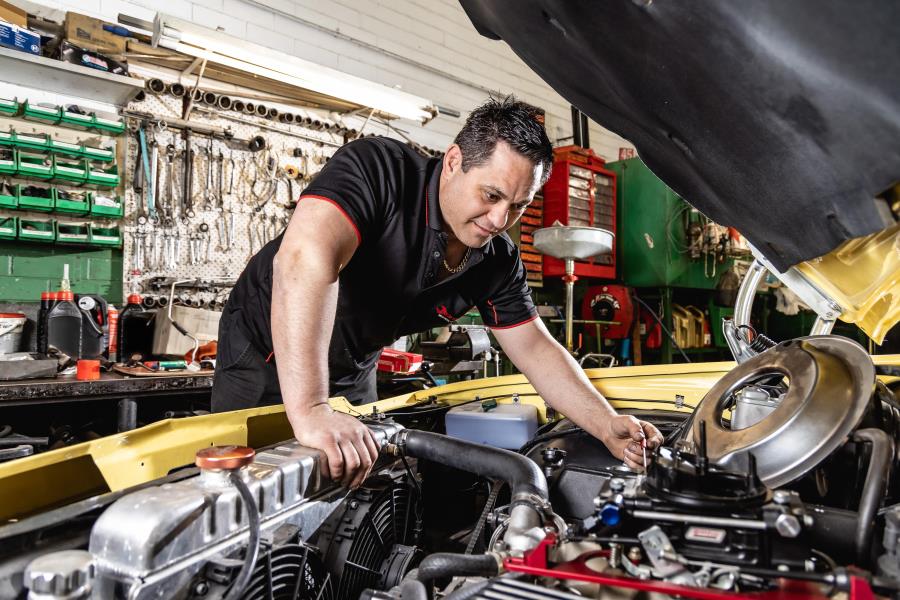
The impending impact of autonomous driving
Electrification isn’t the only challenge McKinsey sees impacting parts and parts-based revenues for workshop owners. The other great technological advance is advanced driving assistance systems (ADAS). The report predicts up to 60% of passenger vehicles sold in 2030 could be equipped with L3 ADAS and perhaps another 14% with L4—although the report authors admit this is “an aggressive scenario”.
“Autonomous driving will reduce the number and severity of collisions but increase product complexity and the cost of parts,” the report states. “More sensitive components are always needed to secure autonomous vehicles’ full functionality, leading to shorter maintenance intervals (such as frequent diagnostic checks).”
That could change the way your business looks and our industry operates, with more specialisation on the way as few workshops invest in specific training, equipment and software.
What does all this mean for your business come 2030?
Less wear and tear, fewer collisions to repair—are EVs a disaster for the aftermarket business model? Not necessarily, but the way we do business has to change.
McKinsey calculates the yearly aftermarket spend for each battery (fully electric) EV on parts alone is 40% lower than it is on ICE vehicles, which means workshop owners are going to have to compensate their income levels with additional services.
“Various industry experts assume, however, that despite the large decrease in component spend, service hours for EVs will increase compared with ICE vehicles (due to the higher complexity),” the report states.
“ADAS components are less likely to be replaced (unless a collision happens) but they can be expected to require a significant number of service hours for maintenance and recalibration.
“In other words, from a consumer’s point of view, this analysis does not imply a 40% decrease in overall spend in the automotive aftermarket, but a shift from component spend toward service-hour spend.”
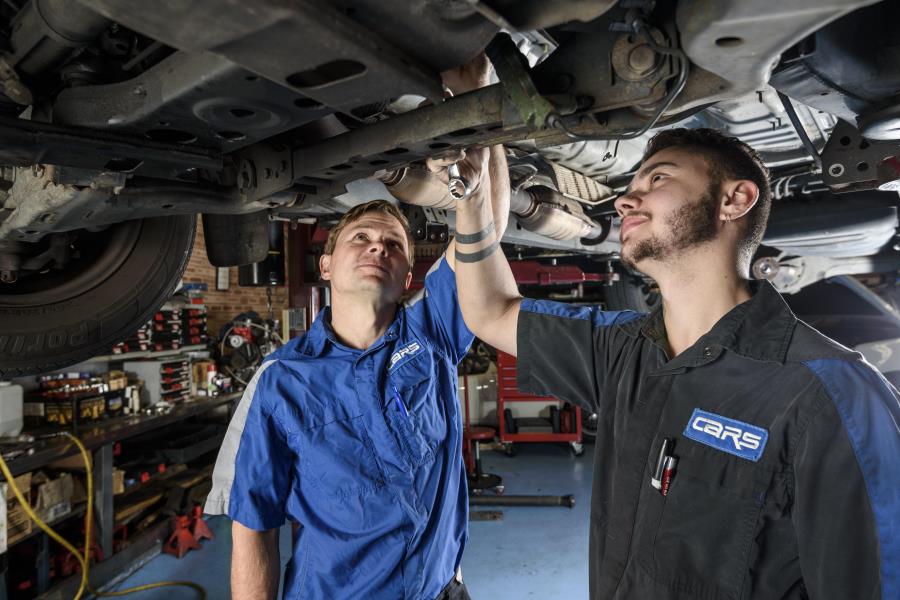
What should you be doing right now?
McKinsey warns the coming decade will be characterised “by change and uncertainty”, and current revenue pools and business models will shift significantly.
“Moreover, with the new players and intermediaries entering the automotive aftermarket, OEMs might be able to gain control of the entire lifetime of the vehicle and subsequently increase their share of the aftermarket,” the report states.
The good news for workshop owners is there’s still plenty of time to develop a strategy and prepare for the changes and challenges ahead. Here’s what McKinsey recommends:
Understand it’s not only a service; it’s also a relationship
While the aftermarket has historically been seen as providing maintenance and repair, “the future of the aftermarket will require connecting with customers in addition to providing parts,” McKinsey says.
“In fact, due to the connectivity paradigm, the initial vehicle purchase becomes less important and the connection and offers made during the customer lifecycle and recurring revenues will be the true driver of value to aftermarket players’ profit pools.”
Manage your parts portfolio
“Effectively balancing new innovations listings and service offers as well as phasing out parts and services with declining demand not only requires intraorganizational coordination, but may also make it necessary to adjust your organisational set-up,” McKinsey argues.
Keep getting the basics right
New business models require significant investment, which should be financed through traditional profit streams. McKinsey points out that the size of the car parc will remain relatively stable leading up to 2030 and workshop owners need to “keep their current business afloat while preparing for the future”.
Start preparing for transition now
“Transformations do not happen overnight,” McKinsey says. “The stepwise adaptation across all organisational levels, and with the adequate industry perspective, is key to the long-term survival of traditional organisations.”
In other words, start planning for your transition now, but only make the move when the time is right—as you would with any other business decision.
Find your own pace for change
And when will the time be right for transition? McKinsey argues that’s up to you and your position in the market. If you’re a market leader, you may choose to go early. If you’re not, then consider whether it’s better to hold back while the market leaders set the new standards, cope with incoming regulations and spend their capital developing the market.
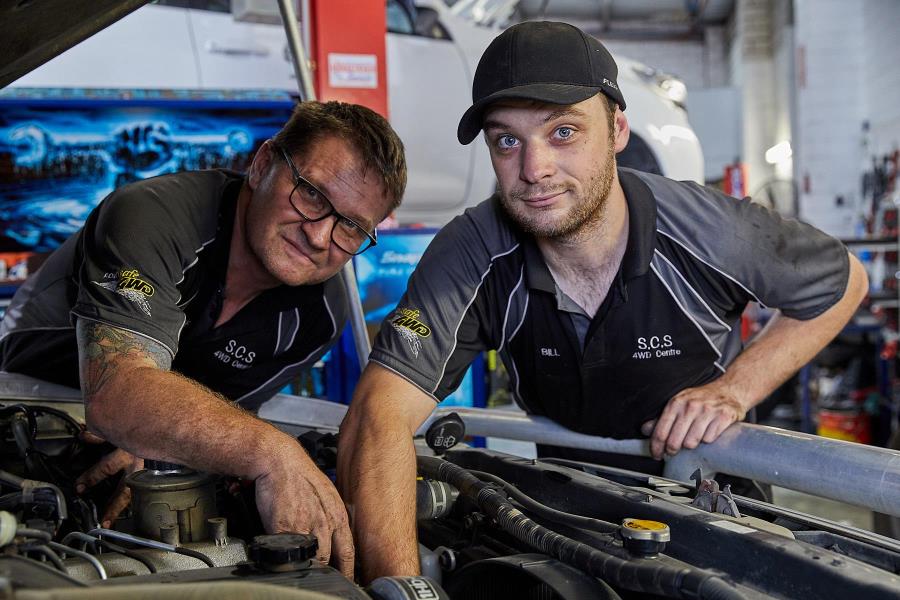
So, what’s your strategy going to be?
McKinsey recommends workshops focus on capability building to identify vehicle components generating high growth and portfolio impact.
The report authors also suggest building networks with OEMs and other players “to prioritise customer journeys and digital partners”. That is to say, to ensure you’ve got the relationships you need in place to inform your decision-making and investments as you manage the big shake-up to come.
“The automotive aftermarket industry is at the precipice of a technology-driven disruption,” McKinsey says. “Even though change might not be immediately evident in the everyday operations of aftermarket players, the disruption is already apparent in new car sales and will ultimately be felt in the aftermarket.
“With this disruption certainly comes risk that needs to be managed, but the business opportunity is significant.
“We recommend companies start with thoughtful preparation now, in order to be able to fully capture the aftermarket’s future value.”
